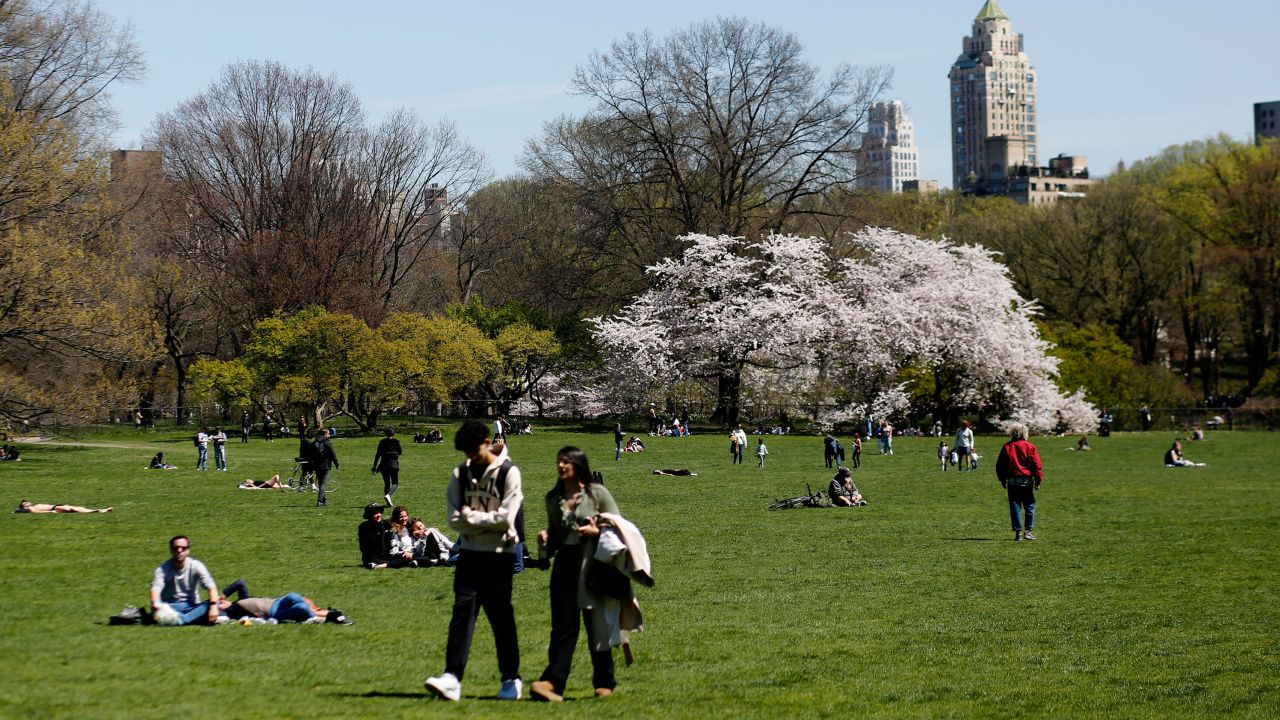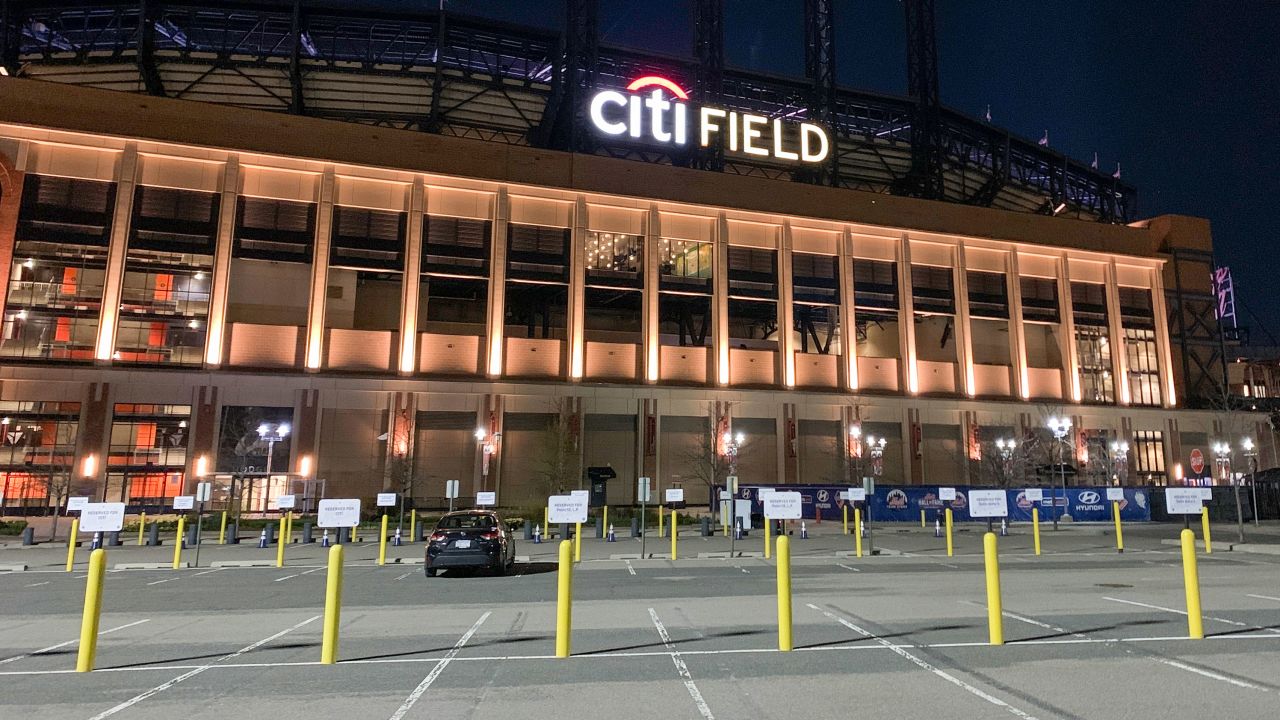
CNN
—
New York City Mayor Eric Adams announced Friday the city will ship willing migrants to other neighboring New York communities ahead of a surge of migrants expected to arrive in the city following the expiration of Title 42 next week.
Adams said the new program “will provide up to four months of temporary sheltering in nearby New York counties, outside of New York City, to single-adult men seeking asylum who are already in the city’s care.”
The program will launch with two hotels located in the small hamlets of Orange Lake and Orangeburg, with the potential to expand, the mayor said. Adams’ spokesperson, Fabien Levy, told CNN there is capacity for up to three hundred migrants between the two hotels initially, with the potential to “expand.”
Orange Lake is a hamlet in Orange County in upstate New York. The population was 9,770 at the 2020 Census. Orangeburg is a hamlet in the town of Orangetown in New York’s Rockland County, where around 4,600 people live, according to Census data.
“Despite calling on the federal government for a national decompression strategy since last year, and for a decompression strategy across the state, New York City has been left without the necessary support to manage this crisis,” Adams said. “With a vacuum of leadership, we are now being forced to undertake our own decompression strategy.”
Adams said the mayors and county executives in both areas have been notified. CNN has reached out to local leaders in both Orange Lake and Orangeburg for their response to the mayor’s plan. CNN has also asked New York Gov. Kathy Hochul for her response to the mayor’s plan to transport migrants outside the city.
The announcement comes on the heels of an internal briefing memo obtained and first reported by CNN that shed light on a variety of options city officials were weighing to help weather the expected surge.
Tents in Central Park, a retrofitted airplane hangar at John F. Kennedy Airport and building temporary tiny homes were some of the options noted in the memo, which says the city is anticipating 800 migrants will arrive in the city every day from the southern border after Title 42 is scheduled to lift Thursday. Since last spring, the city has processed tens of thousands of migrants and a total of 37,500 people are currently in the city’s care, the memo says.
The 5-page draft memo, which outlines the city’s needs and possible “solutions,” says New York City is already seeing an increase in arrivals. On Wednesday alone, officials recorded approximately 500 arrivals. Title 42, the pandemic-era rule that allows immigration agents to swiftly return migrants to Mexico, is scheduled to end on May 11.
US Customs and Border Protection officials already have seen an uptick in migrants crossing the US-Mexico border in anticipation of the expiration of Title 42, CNN has reported. There have been around 7,000 daily encounters on the US southern border in recent days, a number expected to rise in the coming weeks.
CNN spoke with three different sources in Adams’ administration who confirmed the authenticity of the planning document. A fourth source at one of the city agencies that would be tasked with helping to set up shelter and other resources for migrants, confirmed the agency had reviewed the memo. The document details a series of potential options the Adams administration is exploring that are not yet finalized, the sources explained to CNN.
The document outlines possible locations for housing migrants at existing buildings including the campuses of York and Medgar Evers colleges; the YMCA at the Park Slope Armory in Brooklyn; and at a massive 135,000 square foot recreation center in Staten Island.
Listed as another possible “solution” is a proposal to retrofit unused airplane hangars at John F. Kennedy International Airport, which would require help from the state and the Port Authority, which operates the airport, to build out “dormitory style residential services.”

According to the document, the Adams administration is also considering erecting tents in the city’s public parks and public parking lots. The memo lists Central Park, Prospect Park in Brooklyn and Flushing Meadows-Corona Park in Queens as possible options. The parking lots at Citi Field – the home of the New York Mets – and the Aqueduct Racetrack are also on the list of possible options. Coney Island and Orchard Beach, visited by hundreds of thousands of New Yorkers in the summer months, are also listed as options.
Levy, Adams’ spokesperson, declined to comment on the specific proposals outlined in the document but told CNN, “While we do not discuss internal deliberations, we’ve been clear that the burden of caring for asylum seekers shouldn’t fall on any one city alone.”
Levy told CNN the city resorted to housing migrants who arrived this week in “old NYPD training gyms” after running out of shelter space.
“We have reached our limit of new shelters that we can open right now, and we currently have no other option but to temporarily house recent arrivals in gyms,” Levy said. “This week alone, we received hundreds of asylum seekers every day, and with Title 42 set to be lifted next week, we expect more to arrive in our city daily. We are considering a multitude of options, but, as we’ve been saying for a year, we desperately need federal and state support to manage this crisis,” he said.
Building structures in public places such as the city’s parks is likely to face fierce criticism from local officials and advocates who have at times been critical of the city’s response to the migrant crisis. In the last year, as he has struggled to respond to the needs of arriving migrants, Adams has said the city’s budget would be affected. He said it might be necessary to cut back on social and municipal services for residents in order to meet the need. New York City officials project they will spend $4.3 billion on the influx of migrants by the end of June 2024.
Included in its list of possible solutions, the memo also details a proposal to erect “temporary housing in containers or tiny homes.” The document references similar models used in New Jersey and London to serve homeless populations there.
The memo also lists options the city has previously used or considered using in the last year, including erecting tents on Randall’s Island, and using cruise ships to house migrants.
An administration official who would only speak on background, because they weren’t authorized to speak publicly, said, “all of these items are being discussed. While we may not yet know what may come to fruition, we have to let New Yorkers know that all options are on the table, especially given the fact that more than 60,000 asylum seekers have arrived in New York City since last year.”
Adams has repeatedly requested aid from Washington, saying migrant arrivals in New York City and other major cities in the northeast equate to a humanitarian crisis that should be handled by the federal government. Adams continues to criticize the Biden administration, saying the federal government has “abandoned” the city to deal with the migrant crisis on its own.
“New York has received the brunt, close to 60,000 of those who are coming to the city to participate in the American Dream and we’re not giving them the resources,” the mayor said Thursday during an unrelated event.
Adams also recently said the financial burden of the migrant crisis is “decimating the foundation of our city” and has said every municipal service in New York City will be impacted.





